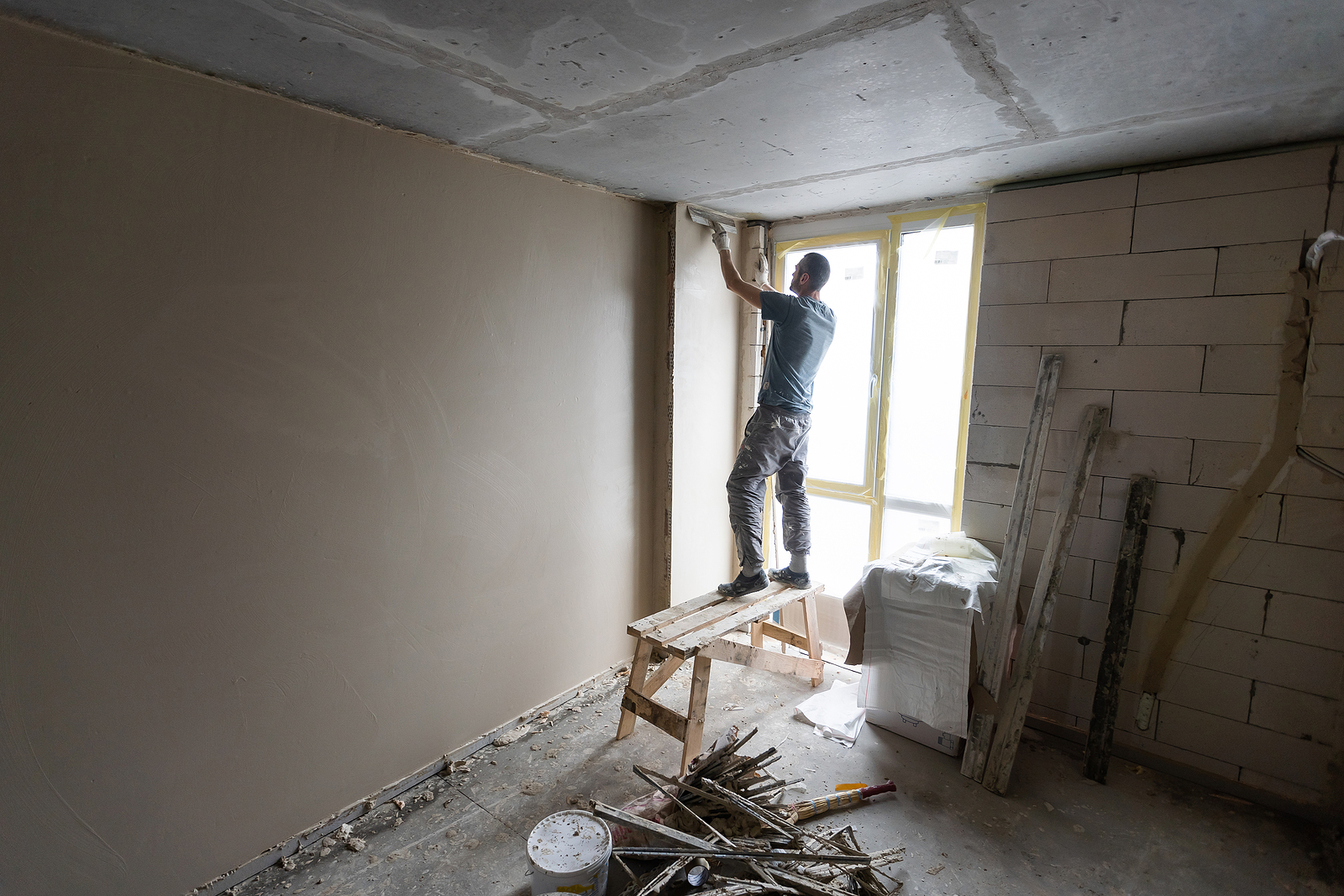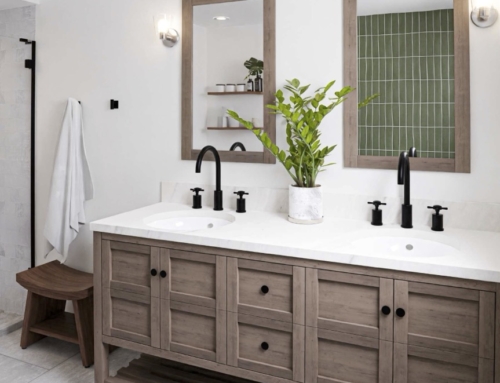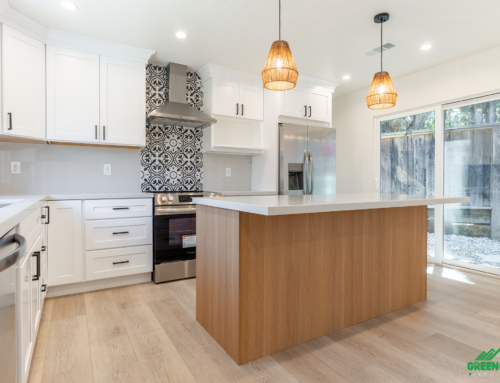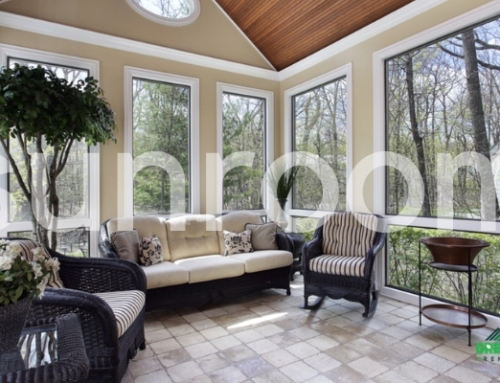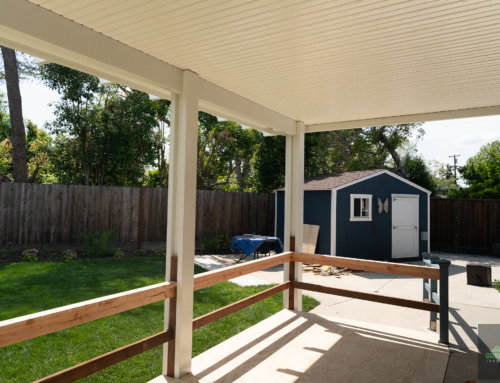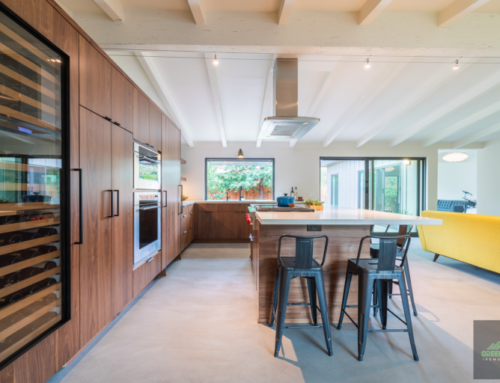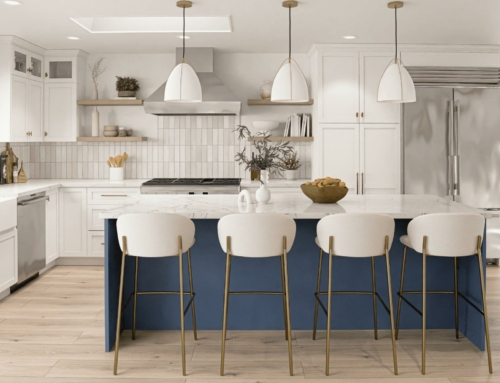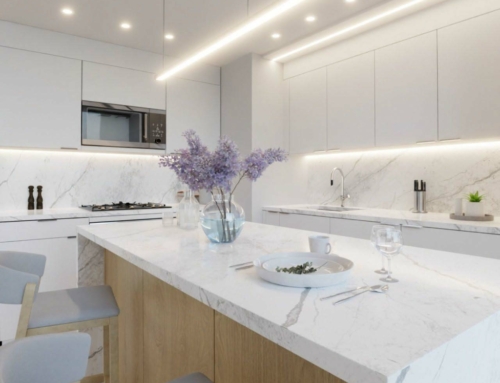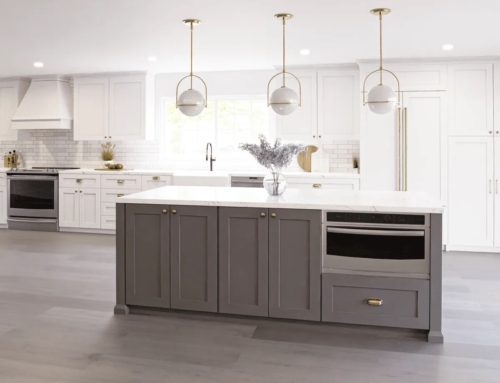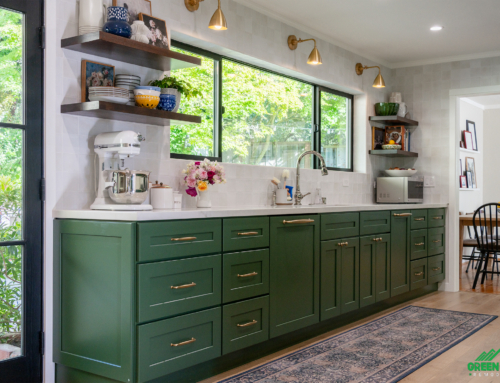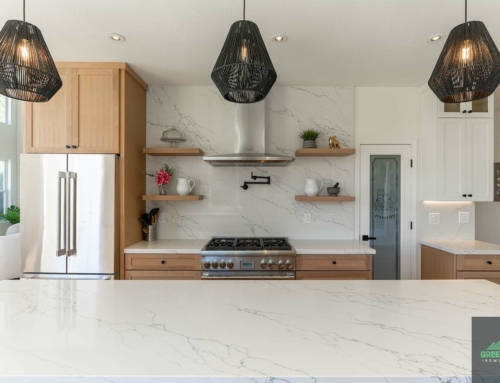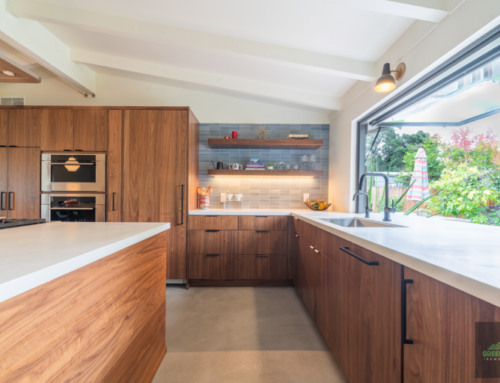Adding a room to a house can be an excellent way to increase the livable space, enhance the functionality, and boost the property’s value. However, it can also be a daunting task, especially if you’re not sure where to start or how to go about it. In this blog, we’ll explore seven ideas for adding a room to a house, along with some other related sections to help you get started on your home remodeling project.
7 Innovative Ideas for Adding a Room to a House
Convert the attic into a bedroom or office
If you have an attic that’s currently being used for storage or just collecting dust, why not turn it into a functional living space? An attic conversion can be a cost-effective way to add a new bedroom, home office, or playroom without extending the footprint of your house. You’ll need to ensure that your attic is structurally sound and has sufficient headroom, insulation, and ventilation before you start the conversion process.
Build a sunroom or conservatory
A sunroom or conservatory is an excellent way to add natural light and bring the outdoors inside. These rooms typically feature large windows, a glass roof, and sometimes even a fireplace or heating system, making them usable throughout the year. They can serve as a cozy reading nook, a dining area, a playroom, or a place to entertain guests.
Extend the kitchen
If you’re a foodie or enjoy hosting dinner parties, extending your kitchen can be a great way to add space and functionality to your home. A kitchen extension can involve expanding the existing space or building a new addition that’s connected to the main house. You can add an island, a breakfast bar, more cabinets and countertops, or even a second oven or cooktop to accommodate your cooking needs.
Create a home theater or game room
Do you love to watch movies or play games with your family or friends? Adding a home theater or game room can be an excellent way to create a dedicated space for your entertainment needs. You can choose to build a new addition, convert a basement or garage, or repurpose an underutilized room in your house. You’ll need to consider the acoustics, lighting, and soundproofing to create the perfect immersive experience.
Build a guest suite or rental unit
If you often have guests or want to generate some extra income, building a guest suite or rental unit can be an excellent option. You can create a separate living space that has its own entrance, bathroom, kitchenette, and living area. This way, your guests or tenants can enjoy privacy while still being close to your main house. A rental unit can also be a great way to generate rental income, especially if you live in a high-demand area. This is a very popular option for adding a room to a house.
Add a home gym or spa
Do you value your health and fitness but struggle to find time to hit the gym? Adding a home gym or spa can be a great way to stay active and de-stress without leaving your house. You can convert an unused room or build a new addition that’s specifically designed for fitness or relaxation. You can add a sauna, steam room, hot tub, or pool, depending on your preferences and budget.
Build a home office or study
With more people working remotely, having a dedicated home office or study has become more important than ever. You can build a new addition, convert a spare bedroom, or even repurpose a closet to create a functional workspace. You’ll need to consider the lighting, storage, and connectivity to ensure that your home office meets your needs and boosts your productivity.
Considerations Before Adding a Room to a House
Before embarking on any home remodeling project, it’s essential to carefully consider several factors. Incorporating a room to your house is a considerable expense, and it’s vital to make sure that it aligns with your lifestyle, demands, and budget. Here are some considerations to keep in mind before adding a room to a house:
Purpose: What do you want to use the new room for? Is it for entertaining guests, working from home, or accommodating a growing family? Identifying the primary purpose of the room can help you determine its size, layout, and features.
Space: Do you have enough space on your property to add a room? Will the new addition complement your house’s architectural style? Consider the existing layout, the size of your lot, and the setbacks and zoning regulations in your area.
Budget: How much can you afford to spend on the new room? Will the added value of your property justify the investment? Consider the cost of materials, labor, permits, and any unexpected expenses.
Timeline: How long will it take to complete the project? Will it disrupt your daily routine or affect your family’s comfort? Consider the time needed to obtain permits, order materials, and complete the construction.
Budgeting and Financing Options for Adding a Room to a House
Adding a room to a house can be a significant investment, and it’s crucial to budget and finance the project carefully. Here are some tips to help you manage your budget and find financing options:
Get quotes from multiple contractors: It’s essential to get estimates from several contractors to compare prices, quality, and services. Look for licensed and insured contractors with a proven track record of successful projects.
Prioritize your needs: Determine which features and elements are essential for the new room and which ones you can live without. This can help you avoid overspending on unnecessary items.
Consider DIY options: If you’re handy and have the skills and tools, you may be able to save money by doing some of the work yourself. However, it’s crucial to ensure that you don’t compromise safety, quality, or permits.
Explore financing options: If you don’t have enough cash to fund the project, consider financing options such as home equity loans, personal loans, or credit cards. Be sure to compare interest rates, fees, and terms to find the best option for your situation.
Hiring a Contractor or DIY for Adding a Room to a House
Deciding whether to hire a contractor or do the project yourself can be a challenging decision. Here are some factors to consider before adding a room to a house:
Expertise: Do you have the skills and knowledge to complete the project safely and efficiently? If not, it’s best to hire a licensed and insured contractor with experience in adding rooms.
Time: Do you have enough time to devote to the project? Adding a room can be time-consuming and require attention to detail, especially if you’re doing it yourself. Hiring a contractor can free up your time and allow you to focus on other priorities.
Cost: Will it be cheaper to do the project yourself or hire a contractor? It’s crucial to compare the costs of materials, labor, permits, and tools to determine which option is more cost-effective.
Permits and Regulations for Adding a Room to a House
Before adding a room to a house, you’ll need to obtain the necessary permits and comply with local regulations and codes. Here are some steps to follow:
Check with your local building department: Contact your local building department to determine what permits and inspections are required for your project. They may also provide guidance on zoning regulations, setback requirements, and other rules.
Hire a licensed contractor: If you’re hiring a contractor, ensure that they have the necessary licenses and insurance to work in your area. They should also be familiar with local regulations and codes.
Adding a Room to a House? Let Us Help
If you’re considering adding a room to a house, Green Group Remodeling can help you create a space that aligns with your vision and values. Contact us today to schedule a consultation and take the first step towards creating your dream room.

